How the Bay Area is Getting Down for 50 Years of Hip Hop
This year we are celebrating 50 years of Hip Hop through our UNDISCOVERED Block Party SEASON 7. Block parties were birthed out of Hip Hop culture and have become something that brings the community together to this day. It would be a disservice to celebrate Hip Hop without learning about it and so this year we are paying homage to Hip Hop’s past and present and celebrating its future.
As we celebrate the classics & throwbacks in August, we wanted to provide:
A brief origin story of Hip Hop plus resources to learn more
Break down the 5 core elements
Highlight some events going on to celebrate this historic year for the genre that we love so deeply.
It is important to learn the history of Hip Hop. Understanding Hip Hop’s origins and uplifting the community that birthed the culture is essential to the future of Hip Hop. This is a brief overview and we encourage our community to do their part to protect Hip Hop culture and celebrate it and its people in the way they deserve.
What is Hip Hop?
You may be thinking about stylistic beats and rhymes you can feel in your chest or intricate yet groovy dance steps or even larger than life art sprawled across a canvas, train, or wall. All of these elements and more have created what we know as Hip Hop today. Here a small breakdown of the 5 main elements that make up Hip Hop culture:
MCing (Oral)
“I start to think, and then I sink
Into the paper like I was ink
When I’m writing, I’m trapped in between the lines
I escape when I finish the rhyme.”
“Monie Love and Queen Latifah perform "Ladies First" at Newark Symphony Hall in Newark, N.J., in April 1990.” - Good Morning America
Masters of Ceremony. Emceeing is a rhythmic and vocal style of storytelling and poetry, usually through rhymes and over a beat by using bars as the barometer of measurement. Early rap started as battles or freestyles, often dissing each other to establish dominance. Syllable by syllable, beat by beat, emcees can build worlds and destroy them in the same bar.
Throughout time, emceeing has evolved as an art form. There are different genres of rap like conscious rap, mumble rap, gangster rap, and more. It has also gone through various phases of commercialization, which is a contentious topic in the rap and emcee community today.
DJing (Aural)
“DJ Cool Herc The Pioneer of Modern DJing and Turntablism” - Storm DJs
Artistic handling and creation of music usually through the physical manipulation of turntables, DJ mixers, and records. Techniques such as blending, cutting, and mixing records are most commonly found in Deejaying. DJ’s can make or break an event, they are the masters of atmosphere and can control crowds like the moon controls the ocean.
The increasing development of DJing paved the way for the birth of turntablism, manipulating records to create a new sound and beats. Both have become staples of DJ Hip Hop culture.
Breakdance (Physical)
“Teenagers breakdance next to a wall covered in grafitti — Brooklyn, New York, April 1984.” - Rolling Stone
Stylistic battle like dancing that often includes grooving or moving to a beat or a ‘break’ during a song. There are 8 elements of breaking: toprocks, downrocks, footwork, freezes, transitions, powermoves, tricks, and flips. Breaking has created many dance crews such as the Rock Steady Crew, who created some of the most impactful power moves (like the Back Spin) in Breaking culture.
Growing into an international movement, breaking is now a category in the Olympic Games.
Graffiti (Visual)
“Henry Chalfant. Wall by Rize and Lil Man, Ven – Washington Heights, Manhattan, NYC, 1986. Courtesy Eric Firestone Gallery, New York.” - Interview Magazine
Painting of highly stylized art typically on trains, walls, canvases, and more. Graffiti often adds style or flair to everyday environments. Graffiti artists are memorialists, archivists, and protectors of history through art. They make their presence known without ever saying a word.
Graffiti can share social messages or can act as a way to show presence and territory, and as it has expanded, its definition has too.
Knowledge (Mental)
“Afrika Bambaataa at Bronx River Projects, photo by Sylvia Plachy” - The Kennedy Center
“Hip is to know, it’s a form of intelligence. To be hip is to be updated and relevant. Hop is a form of movement, you can’t just observe a hop, you gotta hop up and do it. Hip and hop is more than music
Hip is the Knowledge, hop is the Movement. Hip and Hop is Intelligent movement”
Principles that inform and are informed by Hip Hop culture. This can include morals, spirituality, social and cultural conditions, history, or anything that is passed down through generations. Knowledge is power and runs through and by the community. It is self motivated and can lead to self expression and taking control of one's life. Knowledge influences styles, musical choices, dance and poetry techniques, and articulates the experiences of individuals and communities as a whole. Knowledge also uncovers truth about the world, and can lead to freedom. The creation of the Universal Zulu Nation founded by Afrika Bambaata was one of the first main examples of how knowledge, when put into words and actions, truly impacts the culture of Hip Hop.
Other Elements:
Within 50 years, Hip Hop culture has become an international and ever-evolving movement and culture. In its evolution, Hip Hop enthusiasts have also mentioned other crucial pieces of Hip Hop culture:
Street Fashion (style or dress)
Beatboxing (physical musicians)
Language (slang)
Entrepreneurship (businesses)
BRIEF HISTORY OF HIP HOP

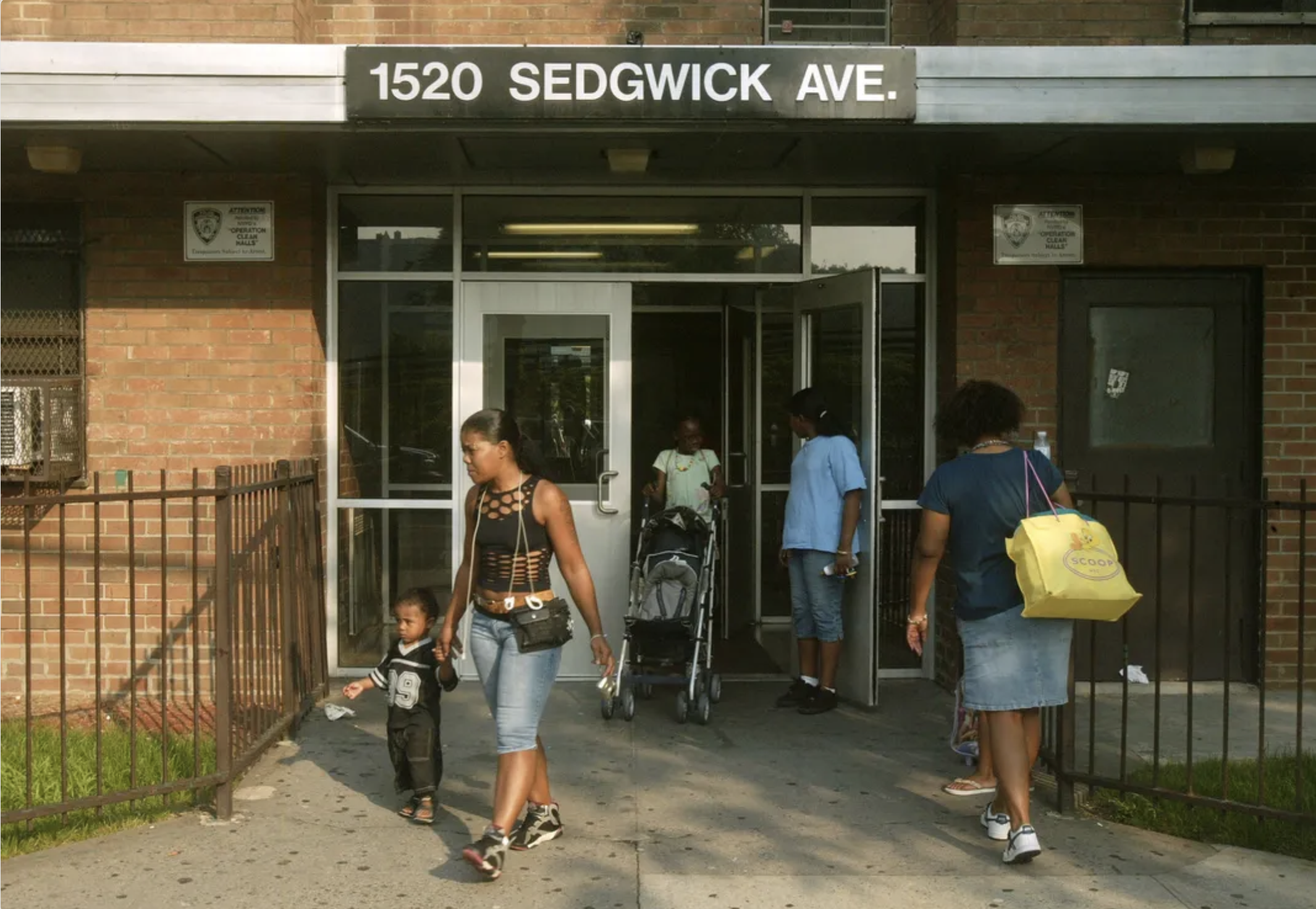
WHY AUGUST 11TH?
It wasn’t until Cindy Campbell decIded to throw a Back to school party in the Bronx where her brother, Jamaican-American DJ, DJ Kool Herc would perform, that Hip Hop culture as we know it would exist intentionally.
Prior to its official centralization, the elements of Hip Hop existed throughout communities across the nation. On their own, breakers imitated dances and created their own, graffiti artists designed art that reached new bounds, rappers and poets practiced and passionately performed, and deejays spun while innovating how we listen to music. In the aftermath of the Civil Rights Movement, peoples pushed into the margins were constantly thinking about and working towards their visions of a better world. Each element lived in isolation, with little intentional contact with each other.
50 years ago on Aug. 11, 1973 was the infamous party thrown by DJ Kool Herc and his sister Cindy at 1520 Sedgwick Avenue in the Bronx. It was said that all 5 elements of Hip Hop (MCing, DJing, Breakdance, Graffiti, and Knowledge) came together through this party and it officially centralized Hip Hop.
Who knew that DJ Kool Hercs’ smooth repetitive “merry go round” technique that created the “breaks” and the rhymes of Coke La Roc and Hercules would create a movement and culture?
WHY THE NAME “HIP HOP”?
One year later on November 12 1974, Afrika Bambaata, leader of the Universal Zulu Nation, officially named the culture comprising the 5 elements “Hip Hop”.
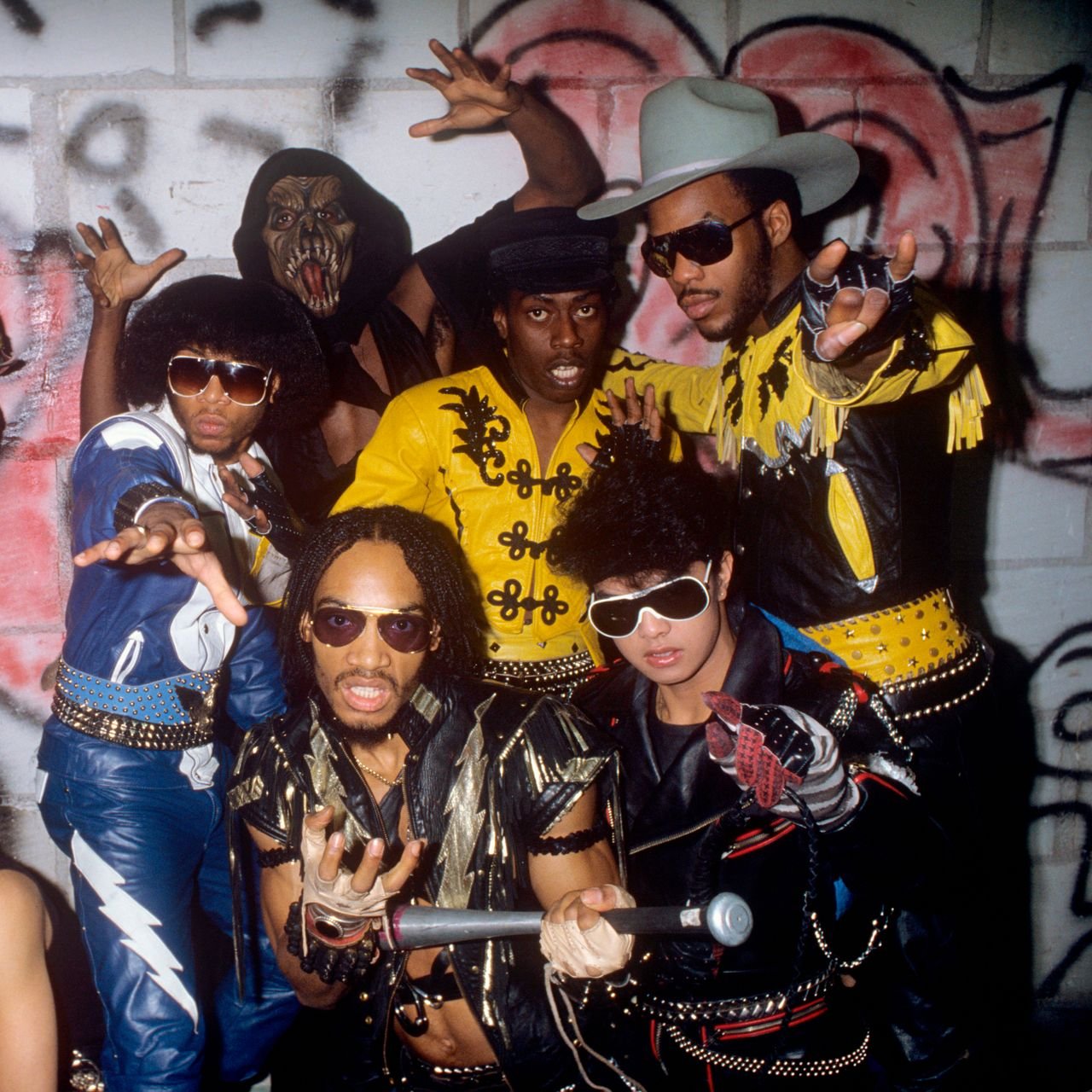
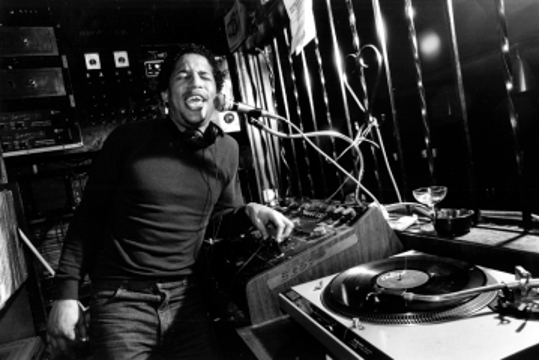
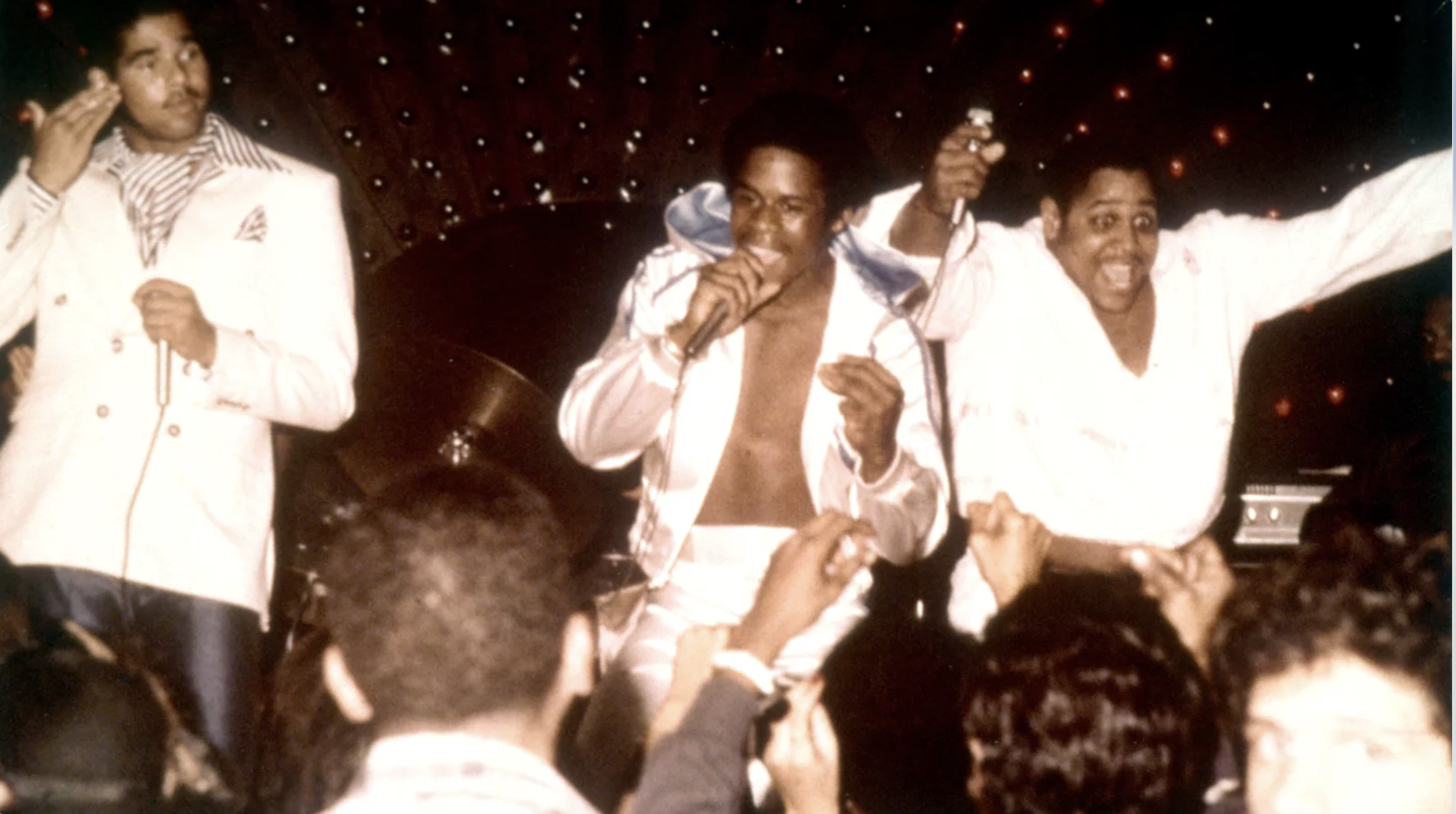
It’s name is often attributed to an iconic freestyle by Lovebug Starski and Keith Cowboy from the Grandmaster Flash and the Furious 5, where Cowboy playfully mocked a friend for going to the military. He mimicked the “hup-hup” noises drill sergeants stereotypically made but instead said things like “hip-hop, hip, hip, hop.” Later, the first Hip Hop song to hit the Billboards “Rapper’s Delight” by the Sugar Hill Gang, Wonder Mike played on the freestyle and famously rhymed:
“I said-a hip, hop, the hippie, the hippie
To the hip hip hop-a you don't stop the rock”
Inspired by that freestyle by his friends from the Black Spades, Afrika Bambataa expressed that he further implemented the name hip hop because “this is hip and when you feel that music you gotta hop to it.”
THE MANY ROOTS
While many Hip Hop historians mark August 11th as the birthdate of Hip Hop, Hip Hop has deep roots and influences throughout different eras and consciousnesses of Black culture.
Depending on who you ask, the origin of Hip Hop elements can be traced back to many sources. Some say origins go back to various African traditions where people, like those in ancient Somalia, would “duke it out with words” before wars or where in Ethiopia the Azmari people would engage in freestyle dance and poetry. Others can trace origins back to the stone age where people drew on the walls or the Egyptian Hieroglyphs. Many people give big props to James Brown who popularized dance breaks within music.
James Brown Performance on the Mike Douglas Show in 1970. The song “Funky Drummer” is one of the most sampled songs in Hip Hop. In the video, you can see James dance during what we now know as a “break” in the music. Some of the moves he does is the inspiration for early breakdancing footwork.
In general, Black thought, philosophy, and consciousness through eras is key to the creation of Hip Hop and so trying to pinpoint an origin is difficult. However, it is important to note that all these origins and variations through eras of Black culture and identity are what make up Hip Hop culture as a whole.
Without the Black community, there would be NO Hip Hop!
HIP HOPS BRONX ORIGINS
As a genre, Hip Hop comes from the experiences of Black and Brown marginalized communities in the Bronx in New York City. The escape from the threats of capitalism and white supremacy to these communities is what often brought them together. Many gangs chose to hash out issues through the various elements and oftentimes, community groups would host Hip Hop events as a way to bring the community together.
ADDITIONAL RESOURCES:
You can read more about each era and its roots in African American culture through this interactive timeline made by Fernando Orejuela, Ph.D. for Carnigie Hall
The History of Hip Hop on Netflix
50 Years of Hip Hop Podcast from NPR
Hip Hop: A Culture of Vision and Voice Classroom Resource
CELEBRATING Hip Hop in the Bay
It is clear that within the last 50 years of Hip Hop culture, there is so much to celebrate. Hip Hop has touched generations of people, and we know that it will continue to in the next 50+ years. With such a rich history and impactful community, it is hard to imagine the world without Hip Hop culture.
How will you celebrate Hip Hop? How can you tangibly support the community that created the culture? How can you uphold the core tenets of justice, freedom, and expression that Hip Hop centers?
Along with the Undiscovered SF Block Party, here are events in the Bay Area that are celebrating this historic 50 year anniversary:

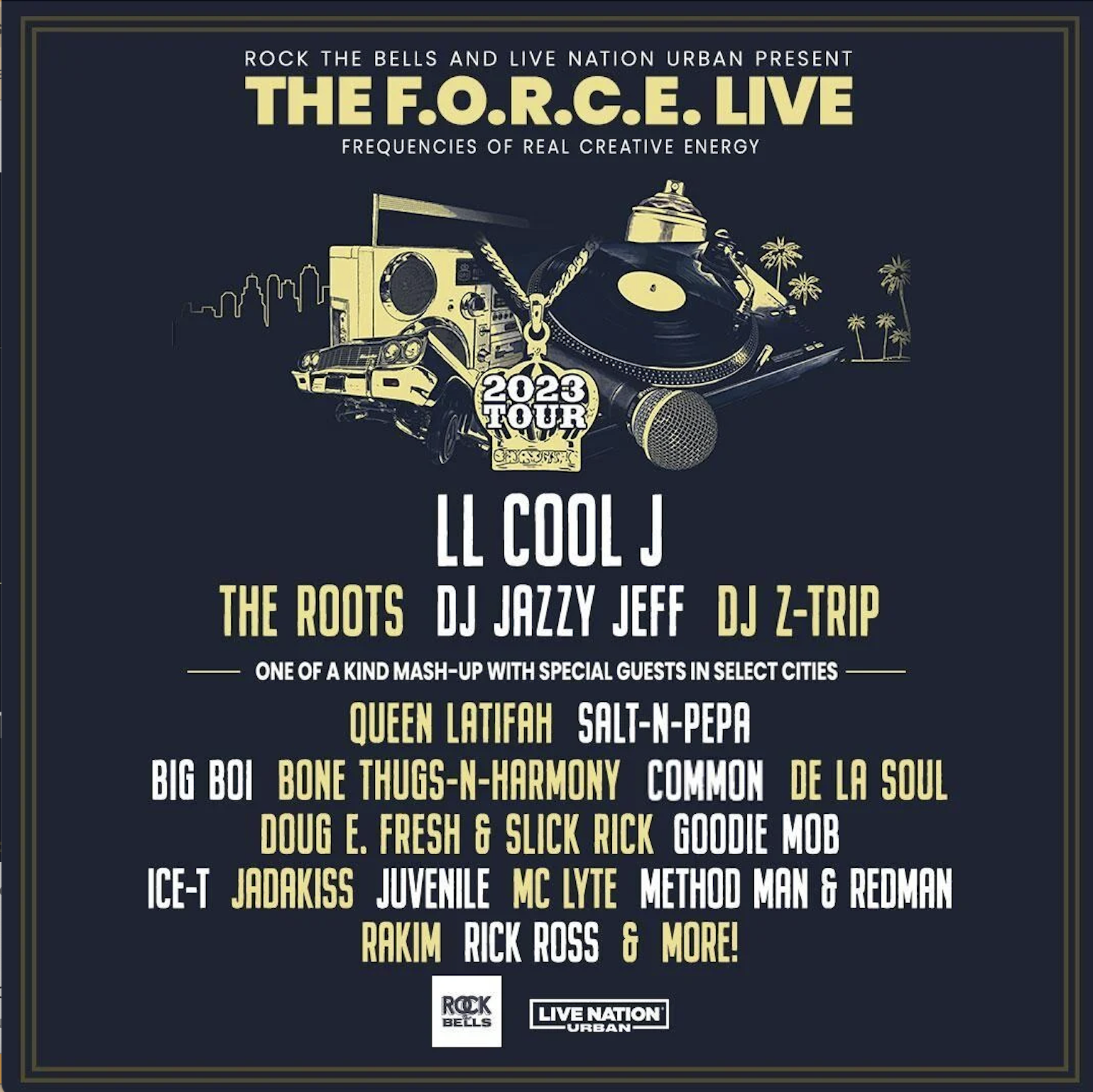
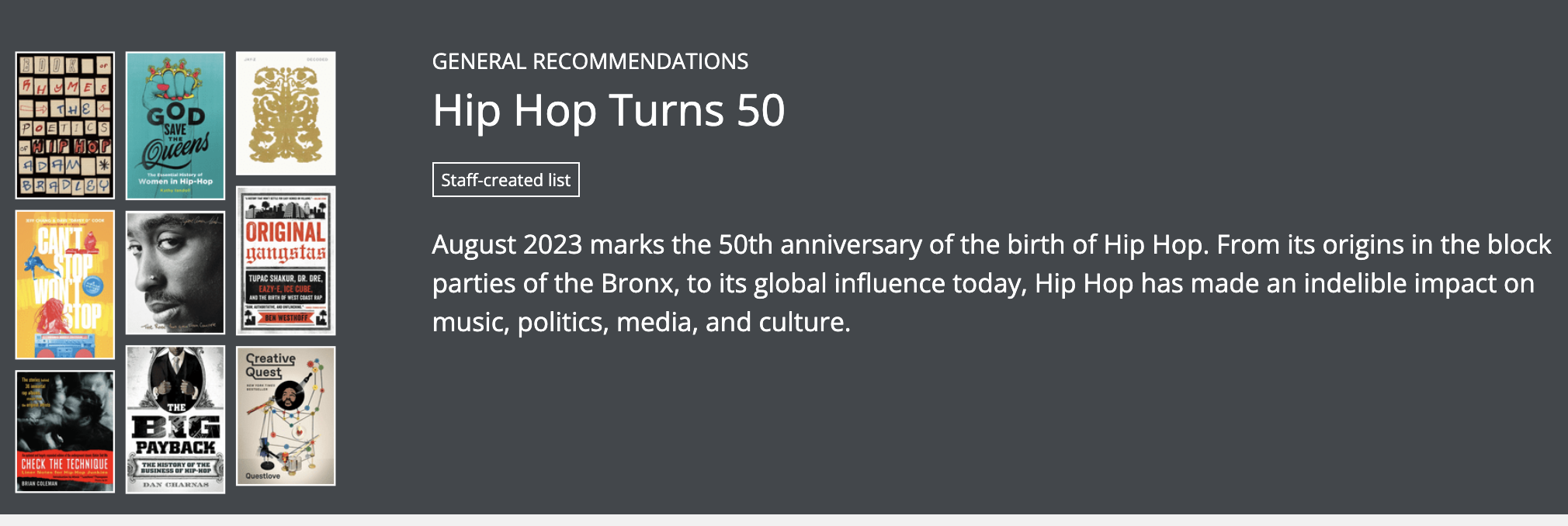
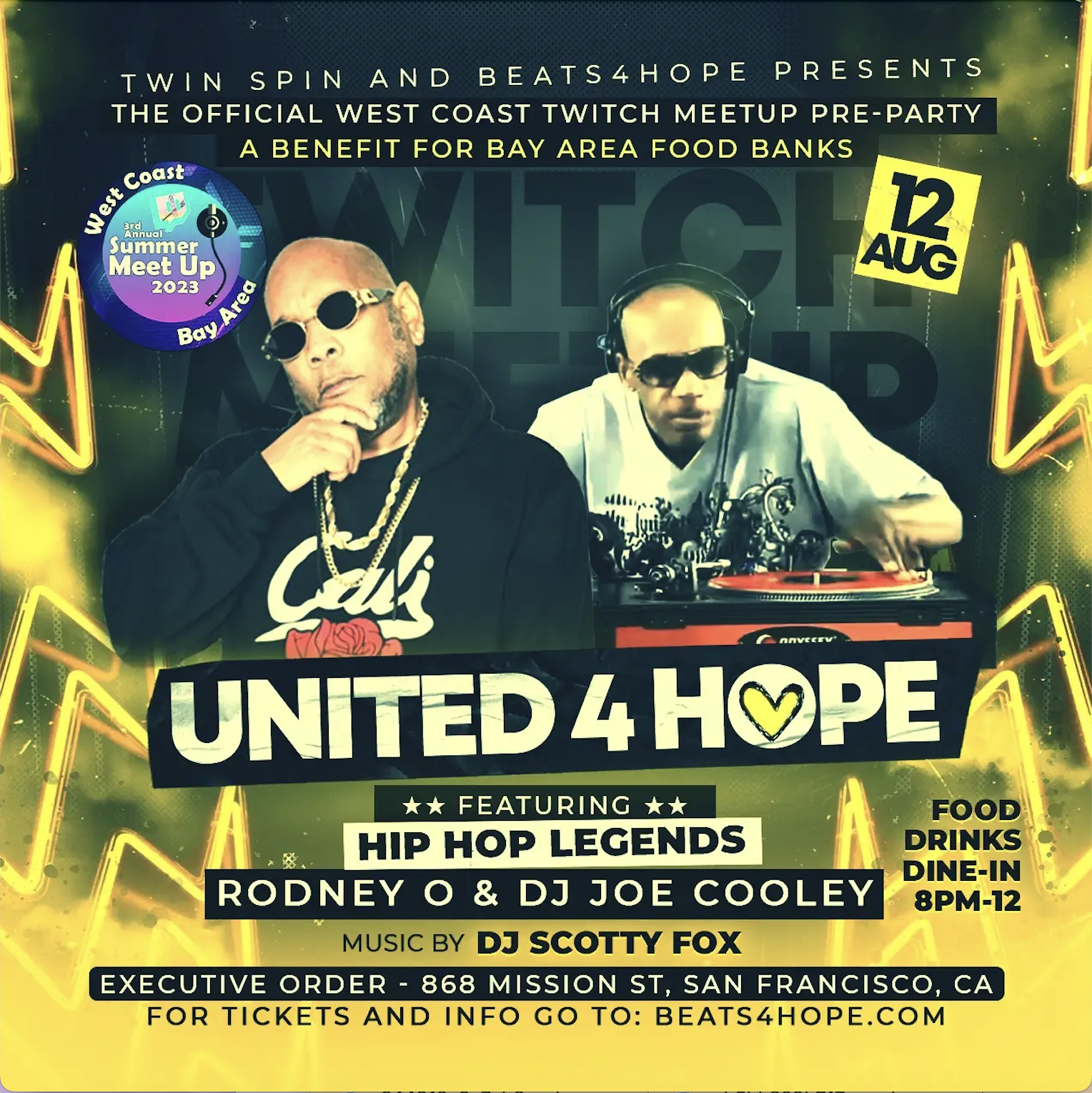
Hip Hop @ 50 Oakland | Every Friday in August | Oakland Museum
UNDISCOVERED SF Festival | August, September, October | SOMA Pilipinas
Hip Hop Turns 50 Reading List | Ongoing | Oakland Public Library
United 4 Hope at Executive Order | August 12th | Executive Order
LL Cool J: The F.O.R.C.E Live | September 1st | Chase Center
Honorable Mention:
Pencils and Dreams Drive | June 16th-August 31st | New York City, New York
More events can be found on KQED!









